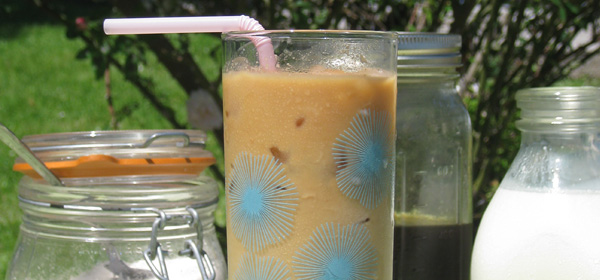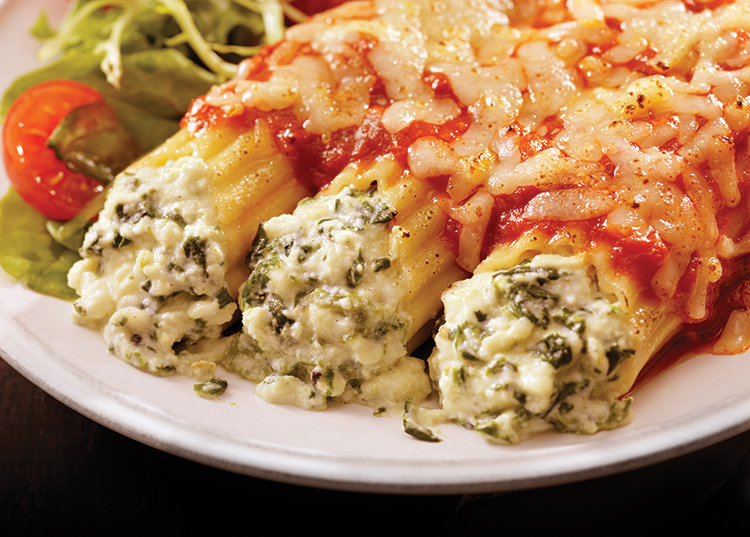 Story by Janina A. LarenasCold-brewed coffee has a long and delicious history in New Orleans, a city that can lay claim to even more sticky summer days than Philadelphia. Traditionally brewed at home in old mayonnaise jars with chicory, the concentrated elixir is diluted to taste, sweetened and sipped on porches as a respite from oppressive temperatures.
Story by Janina A. LarenasCold-brewed coffee has a long and delicious history in New Orleans, a city that can lay claim to even more sticky summer days than Philadelphia. Traditionally brewed at home in old mayonnaise jars with chicory, the concentrated elixir is diluted to taste, sweetened and sipped on porches as a respite from oppressive temperatures.
The method was made popular throughout the South in 1964 by Cornell chemical-engineering grad Todd Simpson, who based his technique on ancient Peruvian brewing methods. Old as it is, it wasn’t until a few years ago that this low-energy method of brewing really made a buzz in the serious coffee scene. Cold-brewed quickly became standard for iced coffee in specialty coffeehouses because of its unique flavor, low acidity and how foolproof it is to make. Whereas most hot-brewed coffee becomes bitter and unpalatable as it cools, losing the important flavors and aromas that make it so delicious, cold-brewed coffee preserves a gentle, almost sweet flavor in a concentrate that can last as long a week in the refrigerator. And it really is gentle. With about 67 percent less acidity, and a fraction of the caffeine of hot-brewed coffee, it’s a savior for those with acid-sensitive stomachs or easily caffeinated constitutions.
Besides the remarkable flavor, the best part about cold-brewed coffee is that you don’t have to turn on the stove in the middle of the summer heat to make it.
Cold Brewed Coffee
Makes 2 large glasses
1 cup coarsely ground Corsica coffee from La Colombe
1 quart-size jar
water
French press, fine mesh sieve, or cone filter for straining
- In a quart-size jar, soak 1 cup coarsely ground coffee in water for 12-24 hours.
- Strain the coffee and store in the refrigerator.
- To use the concentrate, mix with water or milk and sweeten to taste. Serve over ice.



